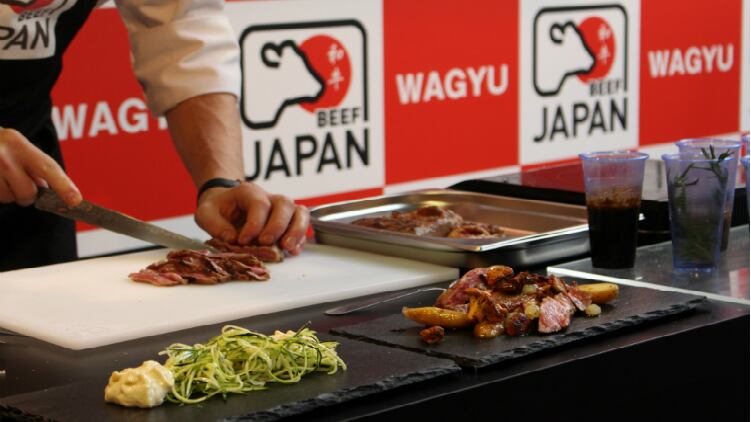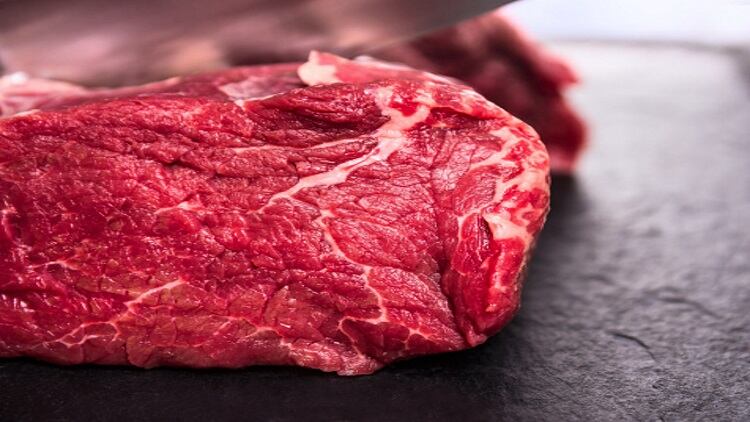The ban had been in place for 17 years, due to outbreaks of bovine spongiform encephalopathy (BSE) or ‘mad cow disease’ in Japan. In the intervening period, the Australia-produced wagyu market has boomed.
According to Dr Matthew McDonagh, chief executive officer of the Australian Wagyu Association (AWA), about 80% of Australian wagyu is produced from full-blood wagyu sires (which have 100% Japanese Black genetics) crossed with high-quality Angus-bred females. This results in a 50% wagyu genetic crossbreed. Only the remaining 20% of Australian wagyu is full-blood, with 100% Japanese Black genetics.
Now Japanese producers are promoting Japanese wagyu’s characteristics of high-level marbling and a melt-in-the-mouth texture, to encourage sales. Kenichiro Kudo, a representative of the Japan Livestock Products Export Promotion Council, is working with high-end hotels and restaurants to help them “recognise the great taste and uniqueness of Japanese wagyu”.
It plans to utilise the distribution channels currently being used for the import of 300,000 tonnes of Australian beef to Japan annually for the export of Japanese beef to Australia.
Yuki Kamamatsu, a secretariat member for the export promotion marketing Omi wagyu – one of Japan’s top three wagyu brands – also told GlobalMeatNews that its key target was Australia’s high-end market due to cost.
Hopes are high for sales, according to Kazuhiro Tanaka, director for livestock international economic cooperation for Kagoshima Prefecture, in southern Japan’s Kyushu island.
“Meat distributors in Australia who have tasted Kagoshima Prefecture’s wagyu have reported that it is ‘totally different from Australian-bred wagyu’ and that they ‘have never before tasted such delicious wagyu’,” he argued.
Alongside promoting the quality of Japanese wagyu, the prefecture is trying to educate Australian buyers and consumers about Japanese dishes such as yakiniku (Japanese-style barbecue) and shabu-shabu (a hot pot of meat and vegetables) with the aim of showing they are best enjoyed with Japanese wagyu.
As only 10% of Australian wagyu is consumed domestically due to its high cost, the AWA’s McDonagh said there was space in the Australian market for Japanese wagyu producers to compete with Australian wagyu in “boutique butchers or high-end restaurants”, but the move was positive.
“The long-term impact of lifting the ban will be improved recognition of wagyu as a luxury meat within Australia, with Japanese product potentially attracting more Australian consumers to try wagyu,” he added.


